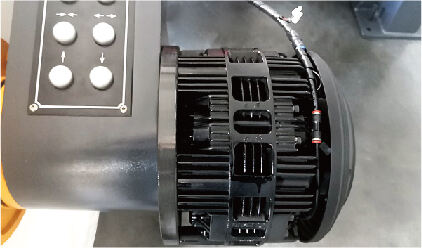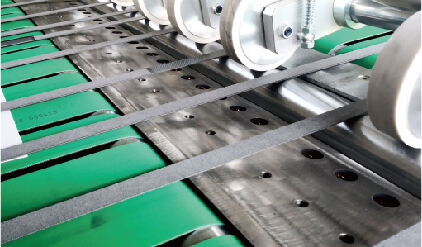slitting machine paper
A slitting machine paper is an advanced industrial equipment designed specifically for precise paper processing and converting operations. This sophisticated machinery employs a series of rotary knives and blade systems to transform large paper rolls into smaller, more manageable widths according to specific requirements. The machine integrates cutting-edge technology with mechanical precision, featuring adjustable blade positioning systems, tension control mechanisms, and automated rewinding capabilities. The core functionality revolves around its ability to perform clean, accurate cuts while maintaining consistent tension throughout the process, ensuring minimal waste and maximum efficiency. Modern slitting machines incorporate digital controls and programmable settings, allowing operators to achieve precise measurements and maintain quality standards across multiple production runs. These machines are capable of processing various paper types, from lightweight tissue to heavy kraft paper, making them invaluable in paper mills, converting facilities, and packaging industries. The technology includes advanced safety features, emergency stop mechanisms, and automated material handling systems to optimize operational efficiency while ensuring workplace safety.


